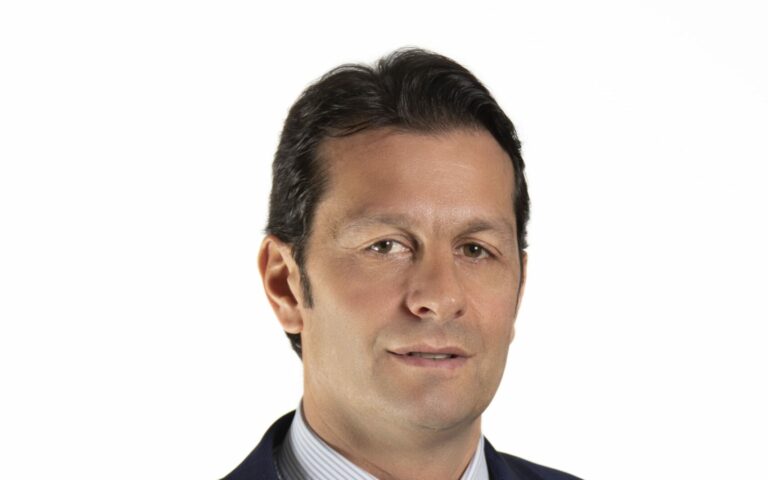We translate and publish the market view of our portfolio manager Andrea Scauri, taken from Milano Finanza. The original article in Italian can be found at this link: https://bit.ly/3iG1u57
The next recession will be the most anticipated in history. The current forecasts of most investment houses are as gloomy as they have been in decades. We, however, expect a much better outcome for 2023 than most expect now. It would not be surprising to see double-digit returns by the end of next year for most markets
This is the analysis of Andrea Scauri, Italy equity manager at Lemanik.
Overall, 2022 was a very bad year for financial assets in general. And investment houses’ forecasts for 2023 are just as dark. According to Bloomberg, the average forecast for the S&P’s projected annual change is negative for the first time in years, or perhaps even forever. This shows that the expected earnings downturn is more than expected, even if the actual numbers from a bottom-up perspective do not yet reflect it. Earnings will be a downside, but not to the extent that many expect now.
The total equity exposure to the United States is near historic lows. There have been small gains recently since the last rally, but the overall picture is still markedly subdued. Retail buying in the United States continues to decline. From a purely contrarian perspective, ongoing retail sales are a factor in justifying a positive outlook for the coming year. This phase of retail sales demobilization was more than expected since 2021 and can certainly last for a while longer. However, the level of euphoria has clearly been removed from the market, and the feeling of euphoria is now over. But it is not only the depressed retail sentiment and positioning, but also that of institutional investors, that leaves much room for normalization next year as well. Equity versus bond allocation is already at crisis lows, and risk appetite is worse than at Covid and the 2008 crisis.
Another main reason for our positive forecast for 2023 is history and seasonality. 2023 is a pre-election year. Pre-election years are generally very bullish. The average performance in pre-election years is 16.9% for the S&P over the past 70 years. But this statistic becomes even more interesting when we look at the previous year. The year 2022 was not a normal mid-term year, but ended with a substantial loss for the global indices. And when that happens, the following year turns out to be even more positive. Since 1950 there have been eight times when the S&P ended the midterm year with a negative return. Each time, the year following the election has turned out positive, with an average return of 25 percent. It is also quite rare to have two consecutive years of losses.
“We do not see this as a repeat of 2008 or 2001,” Scauri concludes. “This is a normal recession with very high inflation, which is being countered by decisive central bank action. That action may or may not create a financial crash. It probably will and that will be the reason for some turbulence in the second/third quarter. But this is normal and has happened many times before and we have moved on. With interest rates now much higher than in the last 10 years, central banks at least have the space and ammunition to react to any unforeseen event.”

Andrea Scauri
More than 20 years of experience in equity markets, developed both within Asset Management firms and at leading investment banks both domestically and globally. In these contexts, Andrea lived between Milan and London before joining Lemanik Invest SA in 2019, he has been directly involved in IPO processes of several companies...

